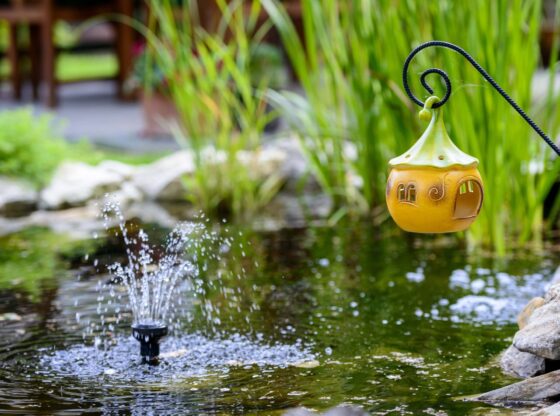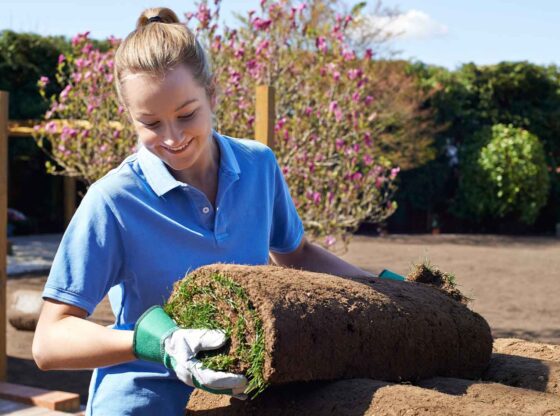It happens every summer. Warm weather brings about an algae bloom in your pond casing an ugly and sometimes stinky condition that is not at all attractive. Worse, if you are using your pond as an irrigation supply, is the clogging of filter, screens, and irrigation equipment.
Although small landscape ponds or water features are affected the by the same issues, this addresses larger ponds and lakes. The difference is, most water features are dealing with a small amount of water that in many cases are shut down for the winter. Reliance on a management plan via support for natural processes is difficult.
Algae blooms are an indication your pond has a problem. Simply put, the water chemistry and/or oxygen levels are out of balance. What can you do to fix the problem in larger ponds and lakes? The following might shed light on your options.
Chemical Attack
There are chemicals you can add to your pond to kill or retard algae. Licensed professionals are supposed to apply treatments ongoing. Additionally, most chemical treatments are unhealthy for other life forms like fish, turtles, frogs, and bacteria. Besides to spot treat a serous algae bloom, chemicals make a poor management tool for ongoing maintenance.
Animal Attack
Some fish will eat algae, such as Tilapia. Most algae eating fish species are warm weather fish so for us northerners we’d have to restock every spring. Not a convenient method and it can be a sad smelly option as the fish die off each winter.
Biological Attack
Algae requires certain nutrients to grow and thrive. Unfortunately, plenty of nutrients are washed into most ponds and this is the major cause of poor pond water quality. What are the nutrient sources? Organic matter or any type is the prime source. Sometimes fertilizers can be a significant problem as well. Both nutrient sources provide phosphorous and nitrogen, which algae thrives on.
Reducing the amount of organic matter that enters your pond can be a method to reduce nutrients. However, think about that, it is a difficult task to guard your pond against organic matter intrusion. Somehow you would limit how much leaves, grass clipping, animals, animal waste, etc enters your pond. Not an easy task.
You can use Alum to bind the phosphorous thus rendering unavailable for algae to use. It will require regular applications and may even require a pesticide license. Again, not an easy or inexpensive option.
Digestion is the next possible choice. Once organic matter is in your pond you can encourage more of it to be digested by introducing beneficial bacteria. Bacteria can be very effective at “eating” organic matter and depriving algae of a nutrient source. Generally an application license is not necessary and bacteria treatments are readily available.
But, the type of bacteria that eat the most organic matter are aerobic, which means they require a fair amount of oxygen be present in the water. Ponds with high organic content will have low oxygen levels. So, adding oxygen ends up being the foundation for good pond water management.
Oxygenation Attack
Adding oxygen is accomplished by mechanical means. Aerating fountains or diffused air systems are the most common. Aeration devices cause oxygen to be absorbed into the water and add circulation. Both are important elements. A pond with good oxygen levels allow natural processes to digest the nutrient load. Primarily by supporting a healthy population of aerobic bacteria. Combining aeration with some bacteria additives is a great management technic.
Circulation Attack
Aeration equipment will cause water movement. Not only lateral, but horizontal too. Water movement helps retard algae growth. Moving water from deeper layers in the pond helps get oxygen below the thermocline and that greatly increases decomposition in the bottom layers and the pond bottom.
Good aeration not only restricts algae growth it helps control foul odors, improves the environment for fish, reduces mosquito breeding, and helps the water remain clear and attractive. All by oxygenating and circulating the water.













Superb post! I like the proposal It’s a responsibility to do care of fish and plants in pond. For pond’s safety and security from algae you have to keep it extra clean and maintained.